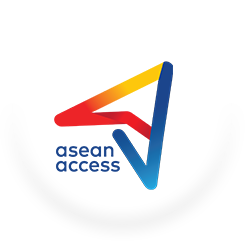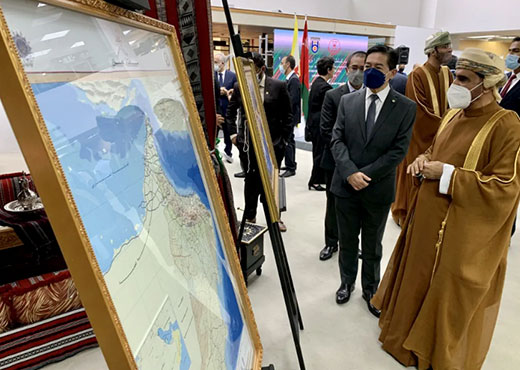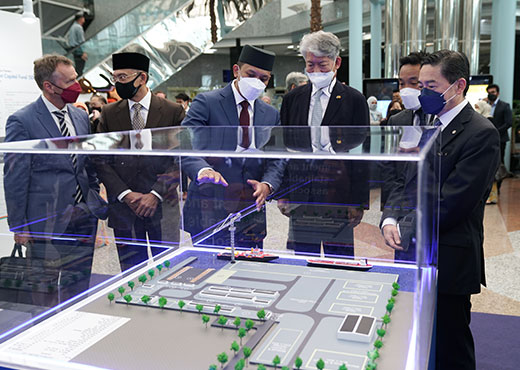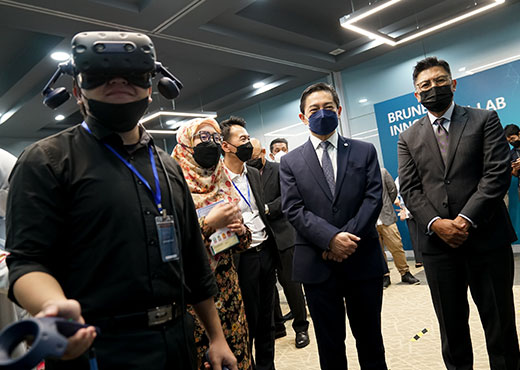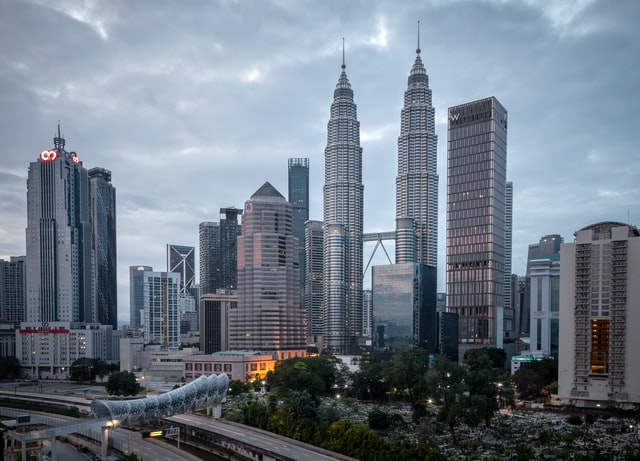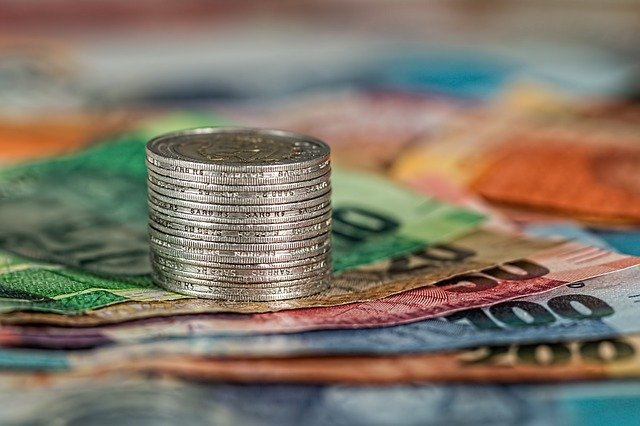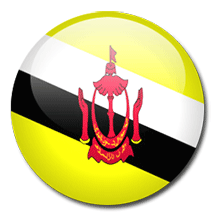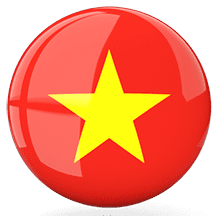Hosting the APEC 2022 all year long shall provide Thailand with great opportunities. Hence, SCG proceeds to support the ESG (Environmental, Social, and Governance) notion to build a green environment and sustainable society. SCG is collaborating with Thailand’s Ministry of Foreign Affairs to bring about the “Green Meeting” for the APEC 2022 Thailand. This involves considerations to optimize resource consumption to reduce the effects on the environment by providing “Green Arrangements” or meeting necessities made from recycled paper.
Mr. Pruthipong Poonthrigobol, Director, Division of International Economic Policy, Department of International Economic Affairs of Thailand explains that “the Asia-Pacific Economic Cooperation or APEC meeting is an influential drive of the world’s development as APEC member economies hold the world’s highest economic growth rate. All year, there will be over 10,000 participants joining the events. Thus, organizing gatherings to be “Green Meeting” is crucial to alleviating effects on the environment while benefiting further collaborations within the APEC framework in a sustainable manner.”
“The collaboration with SCG, our main alliance for meeting organizations, is essential and greatly beneficial. A tangible example is the displays made from paper that are reusable for future events. Also, the items can be used as storage or given to the participants for further use. This aligns with optimal resource consumption under the BCG (Bio-Circular-Green Economy) model for sustainable development.”
Ms. Prinda Akrapab, Manager – SCG champions optimal resource consumption via the reuse, reduce, and recycle practices. As a result, the “Green Meeting” idea was initiated to use recycled paper for the materials in the events.
“The challenge is designing delicate paper materials to be durable enough for yearly usage. They are light in weight with mobility attributes. More importantly, after use, they can transform into a container box for participants to bring home. Also, they can be recycled as eco-friendly bookshelves for disadvantaged schools. This helps to reduce waste resulting in less waste from all of the events. This is the full-scale “Green Meeting” concept.”
Ms. Prinda further elaborates that “the creativity of the design and optimal resource use leaves a good impression for all participants. This is because it is a collaborative effort to preserve the environment. Also, using paper materials offer limitless designs with no boundaries. This extends from venue decorations to other elements that can fulfill consumer needs.”
Mr. Korakod Areewithayalerd, Marketing Display Designer, SCGP adds that “the paper decorative items at the APEC 2022 Thailand were designed to be foldable and flexible in shapes. This contributes to less energy while transport. If every event converts to using paper, this will exponentially decrease pollution from installations. Also, it will reduce costs due to quick installations that require less manpower. This meets event organizers’ demand while caring for the planet.”
SCG upholds the practical guidelines related to the Circular Economy concept. We wish to invite everyone to support the “Green Meeting” practice by optimizing resource usage to help reduce environmental harm. This is beneficial for a sustainable world in accordance with the ESG (Environmental, Social, and Governance) initiative. The “Green Meeting” principles consider the following.
- Green Venue
- Green Document
- Green Arrangement
- Green Catering
- Climate protection by considering carbon footprint and carbon offsetting
Source : SCG
